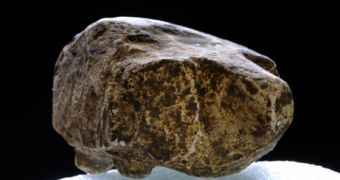A chalk carved toy-like figurine representing a pig or a hedgehog was discovered lying next to the body of a child that was either stillborn or dead at a very young age, next to the Stonehenge monument. The figurine was calculated to be more than 2 millennia in age, and it appears to have been sculpted in the memory of the infant along which it was found. “Whether it's a hedgehog or a pig you can argue about, but I like the hedgehog idea myself,” states University of Bristol's co-leader of the digging project, Joshua Pollard.
The digging that led to the finding involved the 6-meter (19.5-foot) tall palisade and the ditch located to the east of the stone round structure, both believed to have served a delimitation goal, comparable to a fence in purpose. According to Pollard, the discovery of toys dating from that ancient period is “extremely scant.” “In fact, it's very rare to find any kind of representational art in British prehistory – almost to the extent where you get the impression there's a bit of a taboo on making images of animals or people,” adds the scientist.
Within the child's tomb, tentatively dated to about 800 BC to 20 BC, the archaeologists have also uncovered a pottery recipient which they believe might have been filled with food for the infant's afterlife travel. The skeleton of another young and that of a goat or sheep were also found at the location. The latter's cranium was covered by a stone pile, possibly pointing to a sacrificial burial, which may indicate that the two children were human sacrifices, although it's more probable that they died of natural causes. This finding further proves the theory that Stonehenge was rather a burial site than a healing Mecca.
“I would say it's without doubt a pig,” argues Stonehenge expert Mike Pitts, explaining that, “once we get into historical times, we know the pig is quite important in Celtic mythology, though not – to my knowledge – hedgehogs.”

 14 DAY TRIAL //
14 DAY TRIAL //